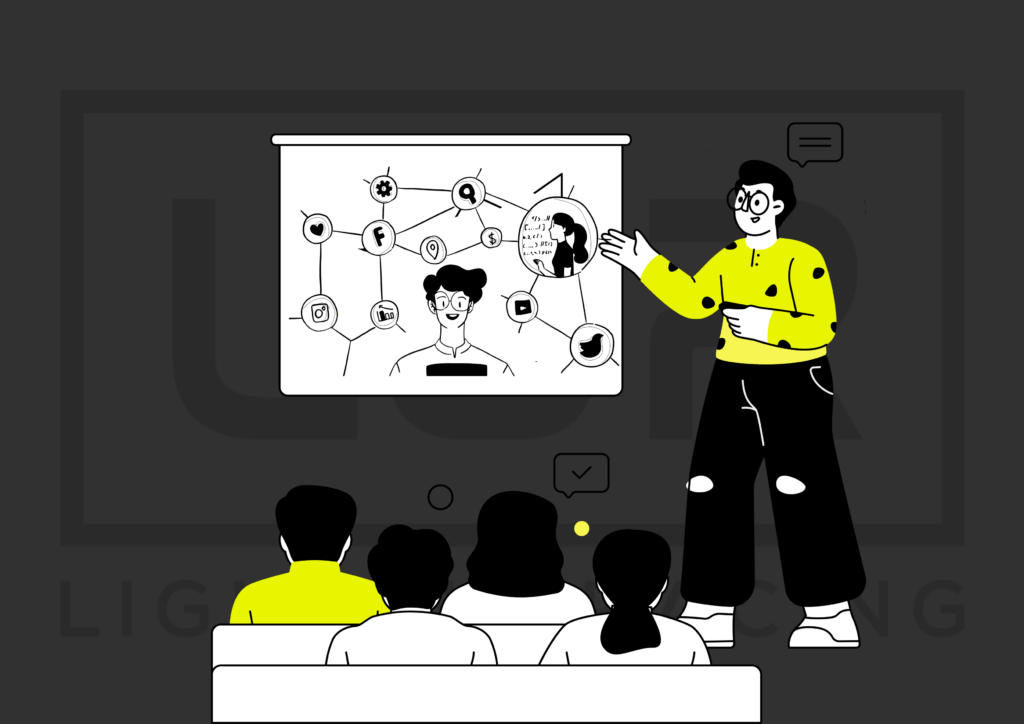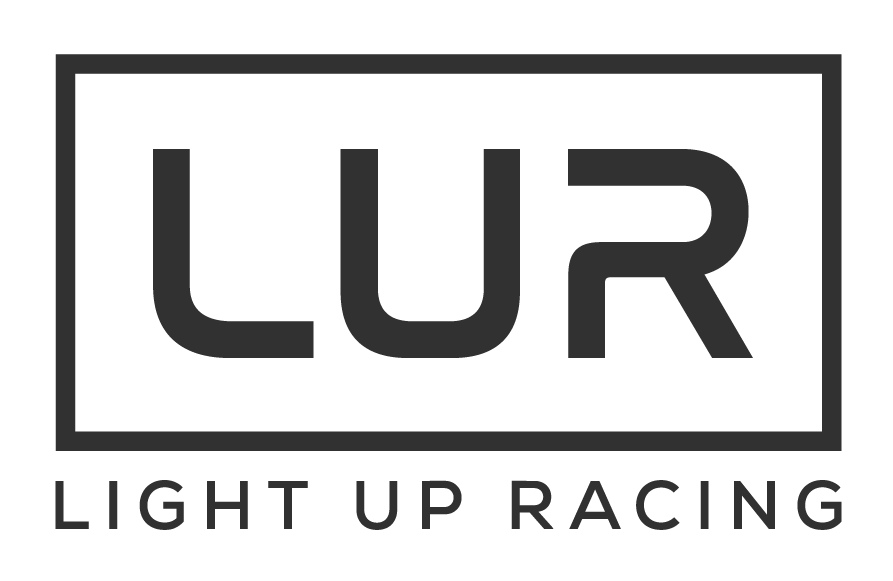
Embarking on a media interview journey can often feel like navigating uncharted waters, where the currents of questions, audience expectations, and your own objectives can pull you in different directions. But fear not! With the right preparation and mindset, you can sail smoothly through your interview, leaving a lasting impression.
Let’s dive into how you can master your next media appearance…
Before the Interview: Setting the Stage
1. Understanding Your Audience
Before you even start preparing your talking points, take a moment to understand who will be on the receiving end. Find out who watches or listens to the program.
Is it live, allowing for real-time audience interaction?
Will you be sharing the stage with someone else?
This insight shapes how you tailor your messages and interact during the interview.
2. Clarifying Your Objective
What’s your end goal?
Understanding the purpose behind the interview and the angle the interviewer might take is critical. This isn’t just about the messages you want to deliver but also preparing for the type of questions that might be thrown your way. It’s like knowing the rules of the game before you play.
3. Considering the Location
The backdrop of your interview can say as much as your words. A distracting or inappropriate background can undermine your message. Whether it’s a naughty horse in the background or prominent wagering signage, make sure your surroundings support, not detract from, your message.
4. Preparation Is Key
Identify three key points you absolutely want to communicate. Arm yourself with facts, statistics, and stories that bring these messages to life and make them memorable.
“At 3am on the track…” can start a story that paints a vivid picture with personal anecdotes for your audience. Also, think about potential tough questions and how you’ll navigate them. Lastly, a brief moment of composure and deep breathing before you start can center your thoughts and calm your nerves.
During the Interview
Ask to record the interview, using the voice memo app on your phone as a helpful tool. This will provide an important protection if creative editing adjusts the context of your words.
Simply say:
“I hope you don’t mind, but I always record any interview I am in.”
Navigating Crisis Responses
It’s vital to allow enough time for the correct information to be compiled before agreeing to an interview. Even in the immediate aftermath of an incident, take ten minutes to prepare your talking points. Pre-empt the likely line of questioning then prepare validated data and thought-out responses.
In high-pressure situations, less is more. Keep your answers concise to avoid providing ammunition for further probing questions. It’s natural to want to explain in detail, but remember, staying on message is key.
Deliver your points clearly and then pause, allowing the interviewer to guide the conversation forward. If you ramble with your message or trail off on an answer, that’s where a good interviewer will spot vulnerability and start the next question.
If the interview is pre-recorded (not live), don’t be afraid to stop the interview before moving onto the next question and ask the interviewee if you can redo your answer.
Mastering the Art of Bridging
Not every question will align with your key messages; that’s where bridging comes in.
Start by acknowledging the question to show you’re engaged and empathetic. Then, introduce a bridging phrase like “but,” “however,” or “it’s important to consider,” to pivot back to your talking points. This technique helps you stay in control without seeming evasive.
If the Right Question Doesn’t Come Up
Sometimes, you have to steer the conversation towards the message you wish to convey. If an interviewer hasn’t touched on a topic you’re eager to discuss, use bridging to gracefully transition the conversation in that direction:
“While I can’t comment on specifics until we have all the information, what I can share is…” or
“Until we hear formally from the stewards, I cannot disclose that detail, however we do know that…” or
“When we get a verified update, we’ll be sure to share it, but it’s important to note…”
Then deliver the key message that you had prepared.
It’s Not Just What You Say
Remember, your demeanor can be as impactful as your words. Maintaining a calm, composed presence is key. For television interviews, be mindful of your background and maintain steady eye contact with the interviewer.
This builds trust and ensures your message is received as intended. Shifty eye movement immediately makes the viewer feel distrusting.
After the Interview
Once the interview concludes, take time to reflect on your performance and the interview’s outcome. Engage with your audience through social media or follow-up communications to reinforce your key messages. This ongoing engagement ensures your message continues to resonate long after the interview has ended.
A successful media interview hinges on your ability to prepare, pivot, and present your messages with clarity and confidence.
By understanding your audience, clarifying your objectives, preparing thoroughly, and mastering the art of communication, you’ll not only navigate your media interviews with ease but ensure your audience understands some important elements about the horse racing industry, which is foreign to so many people.



